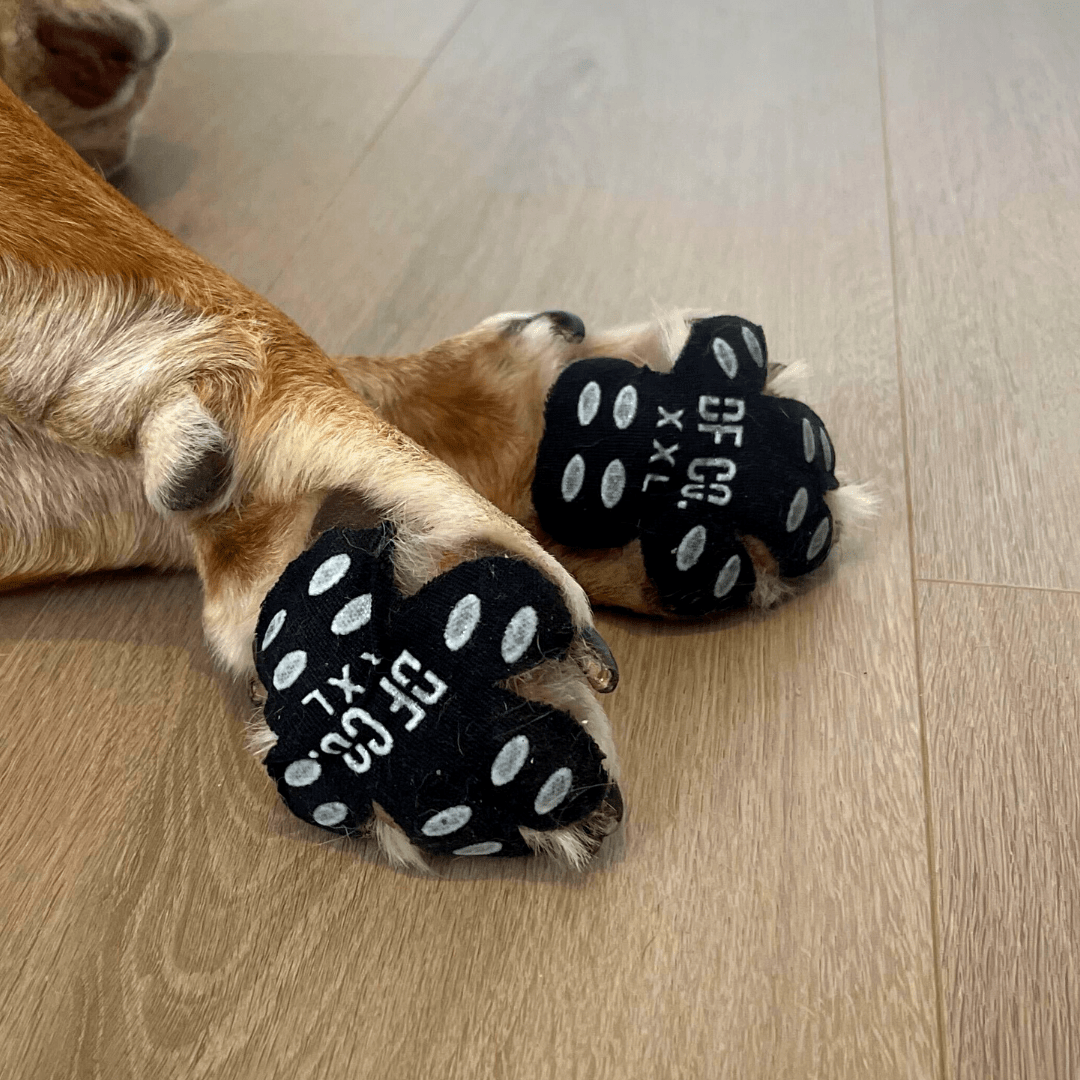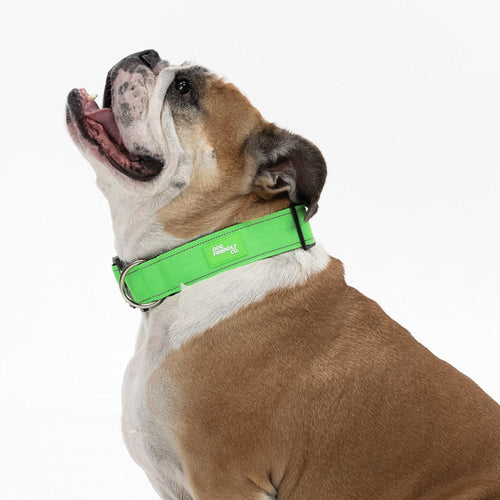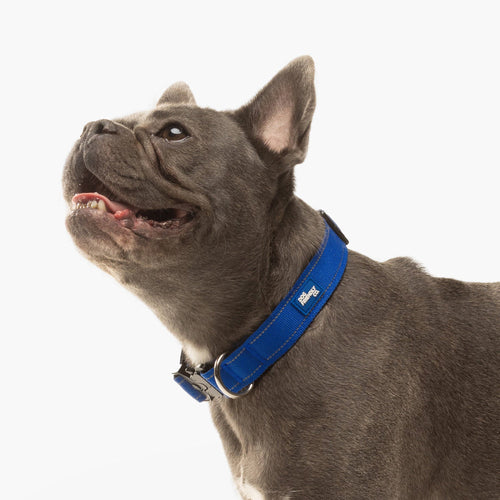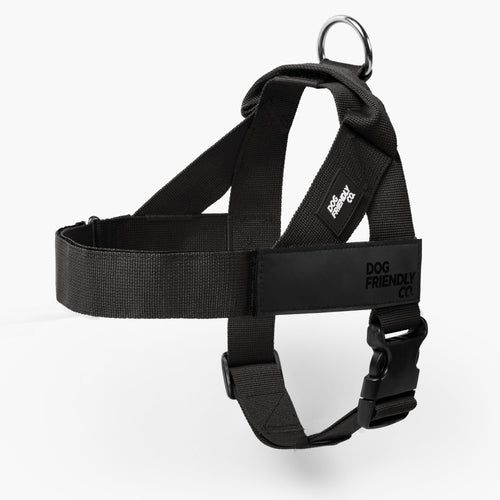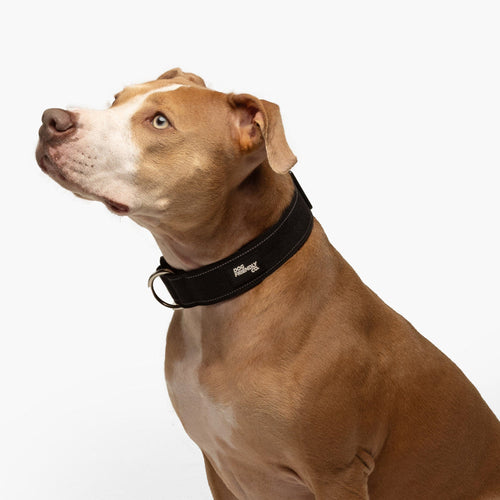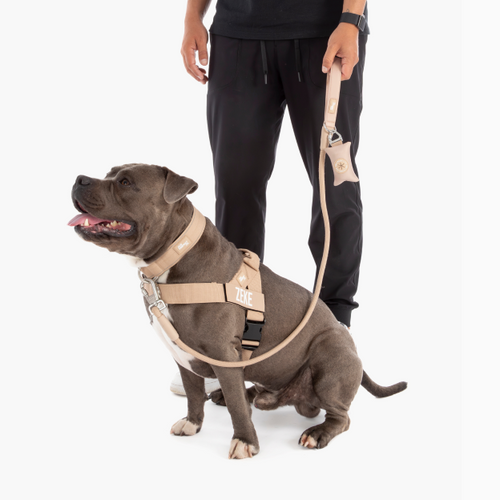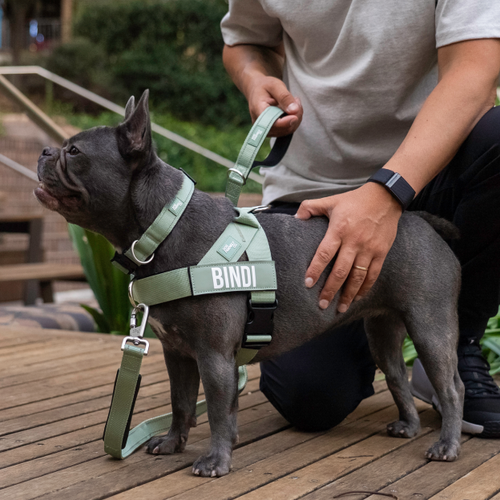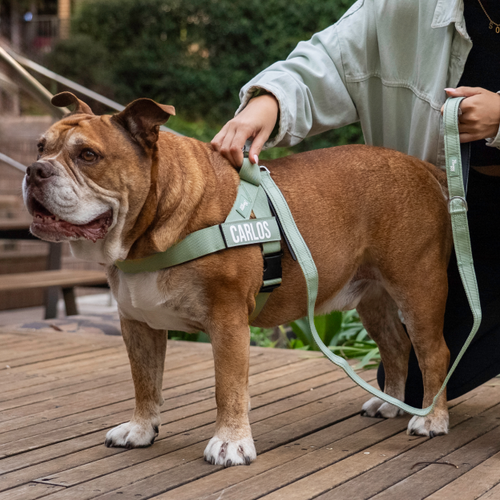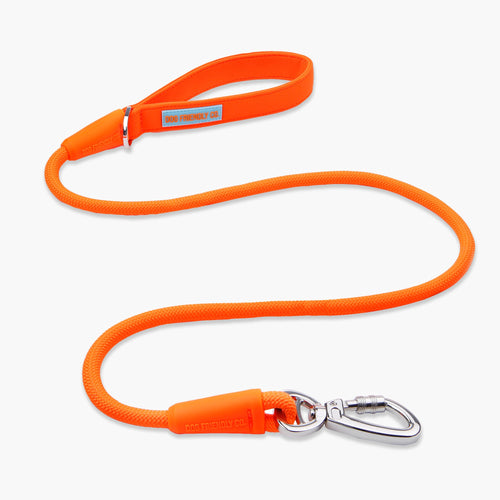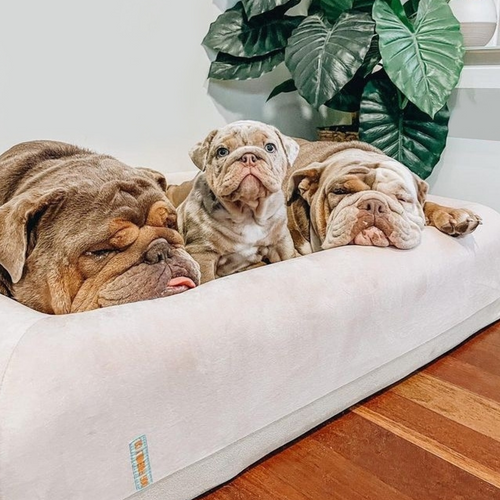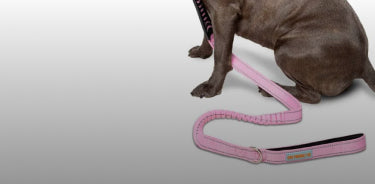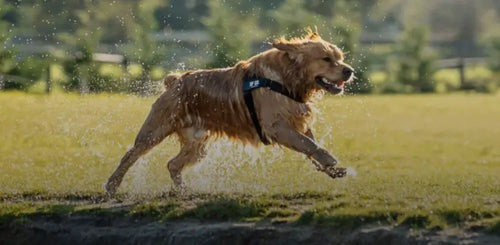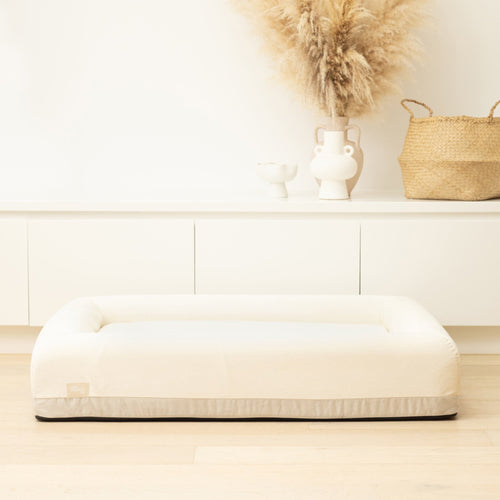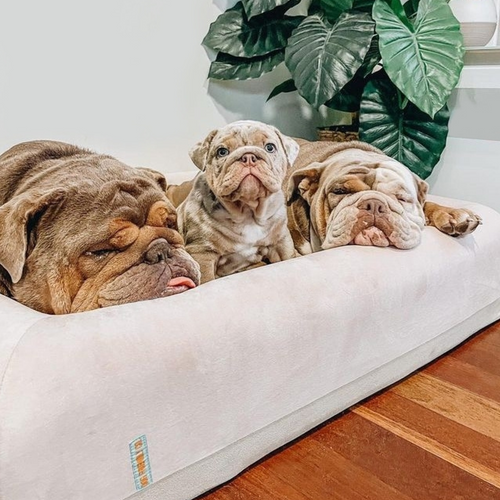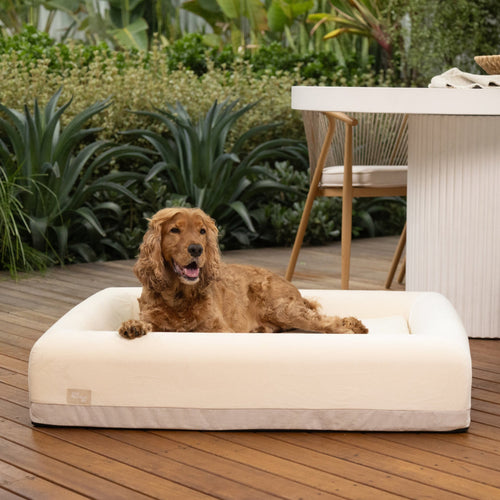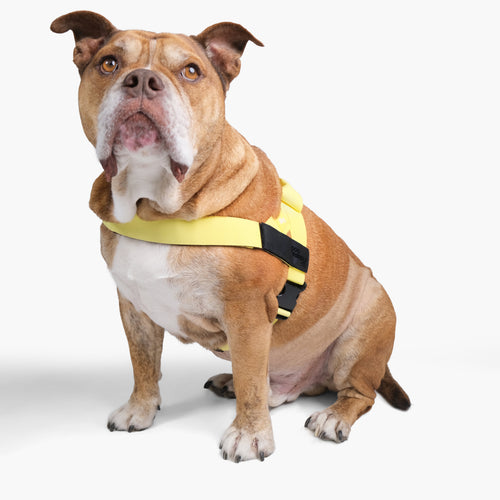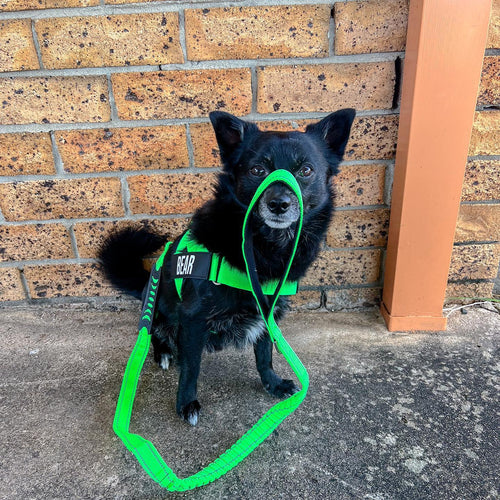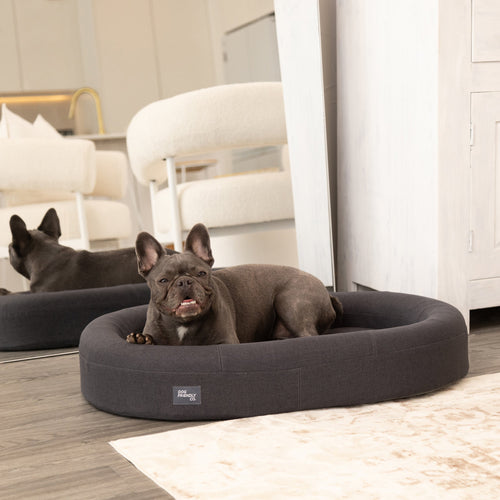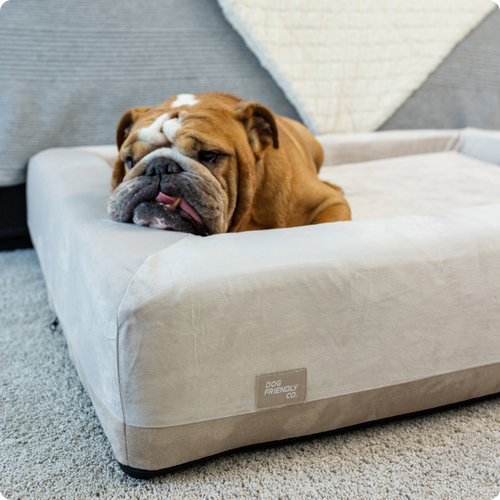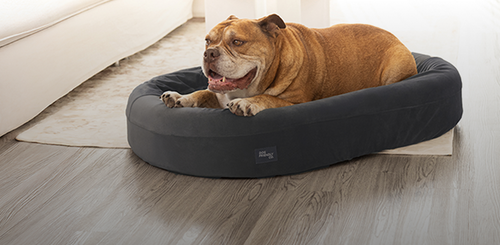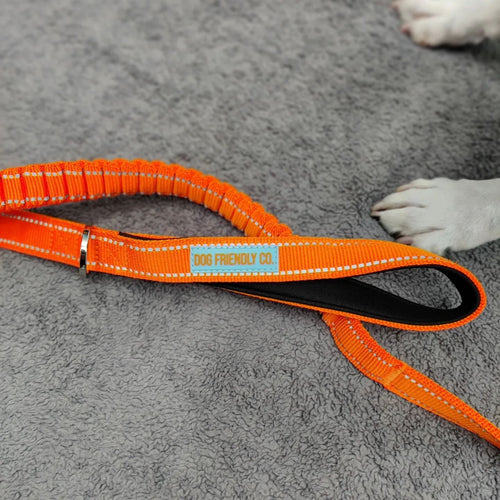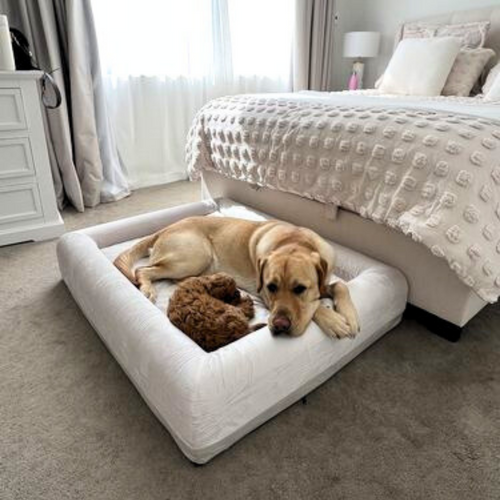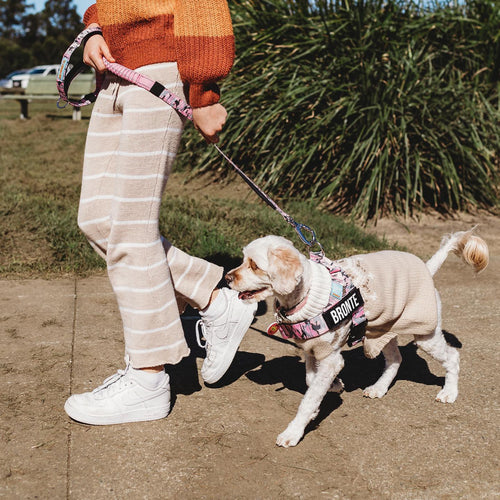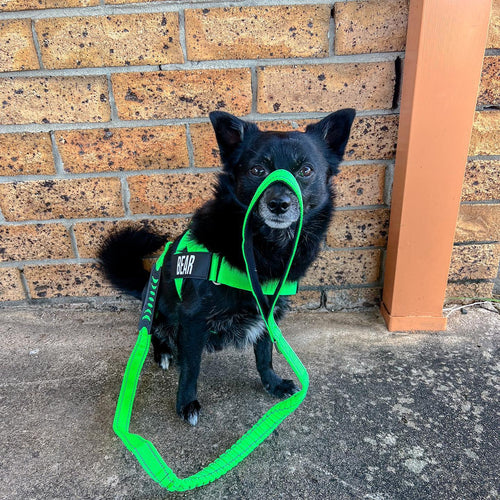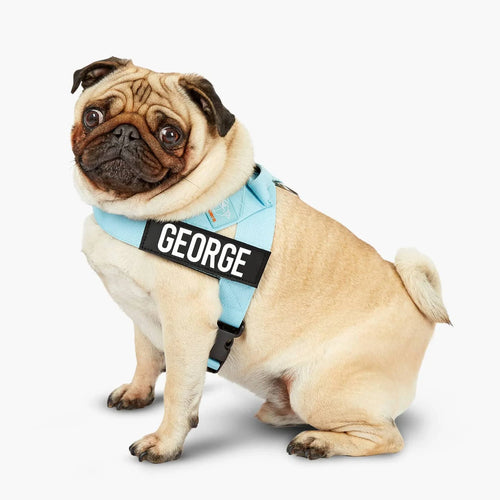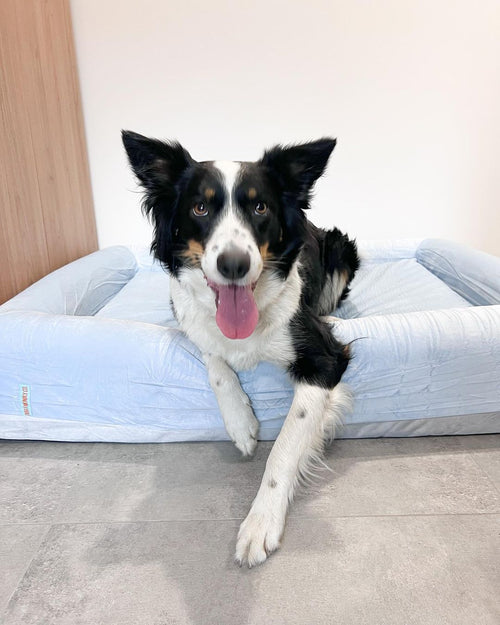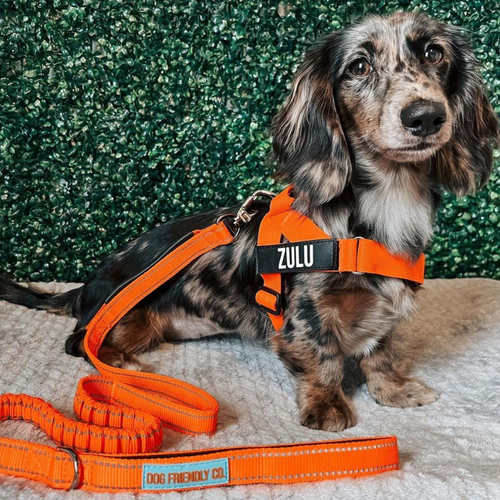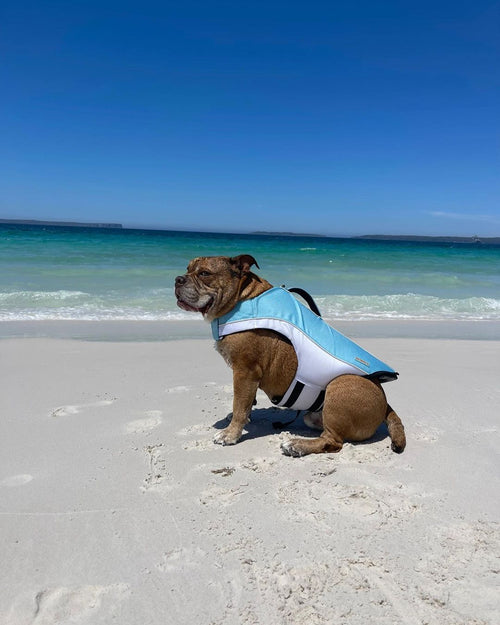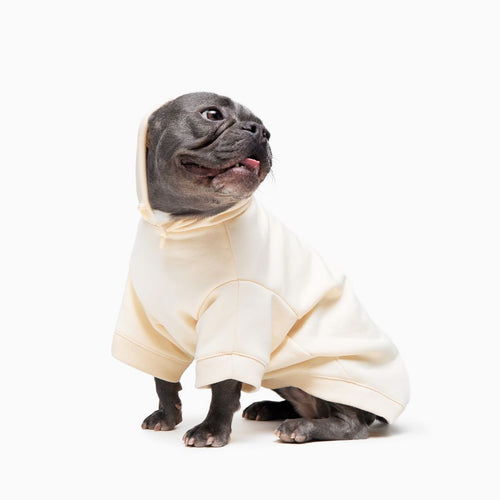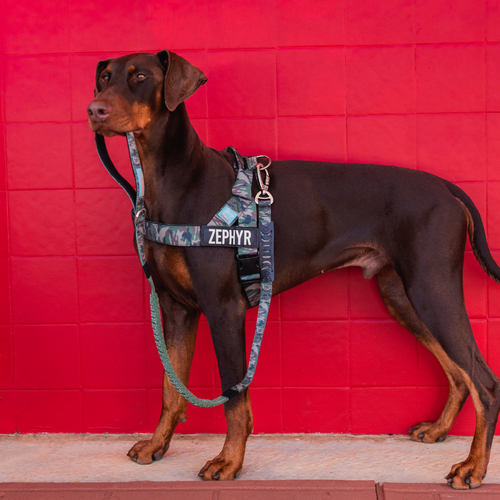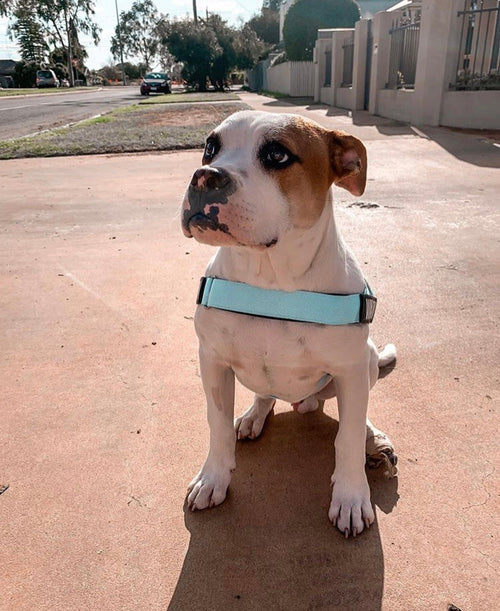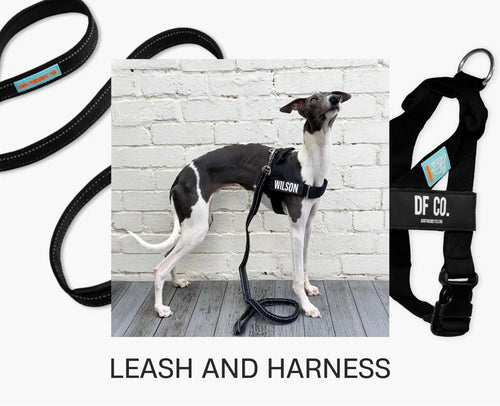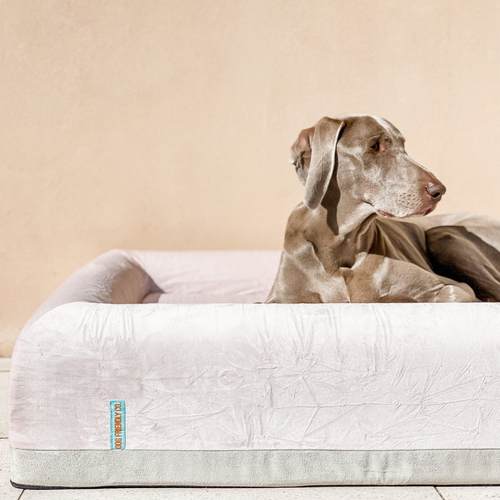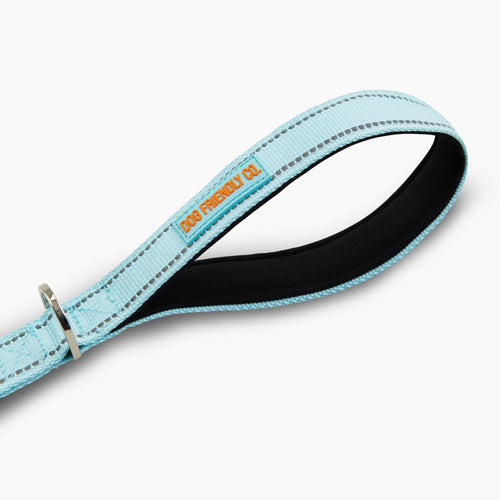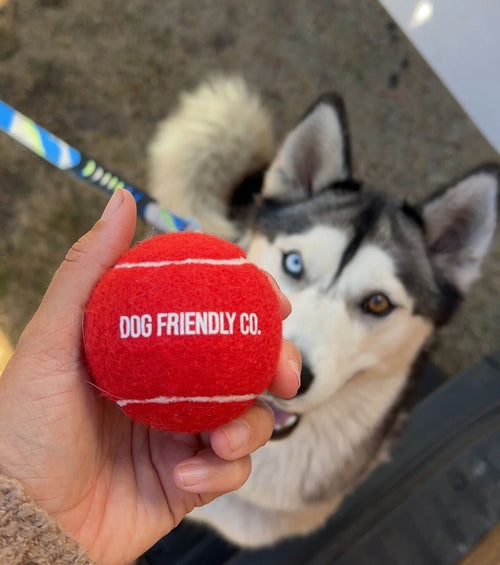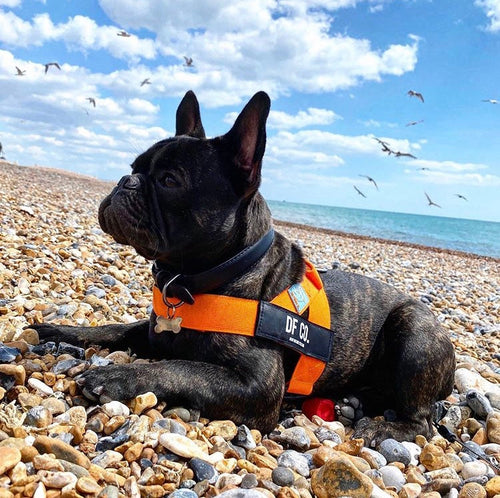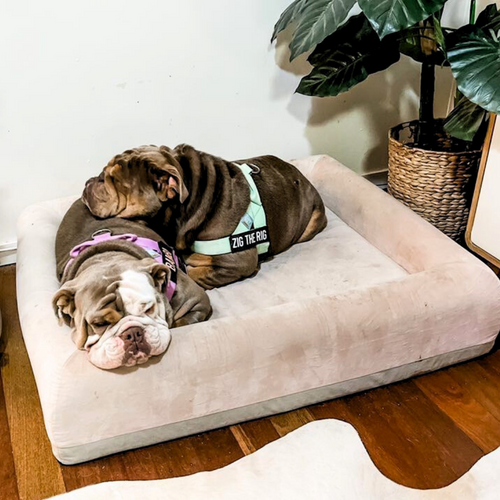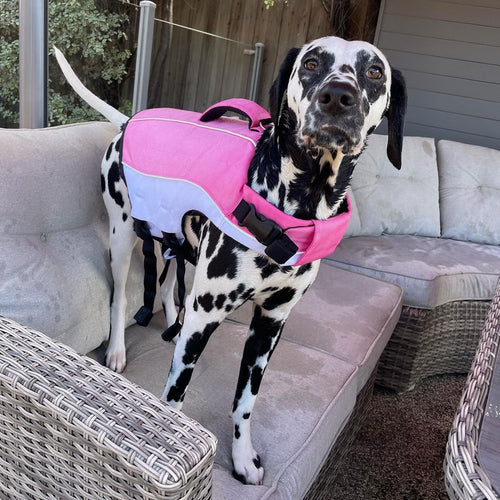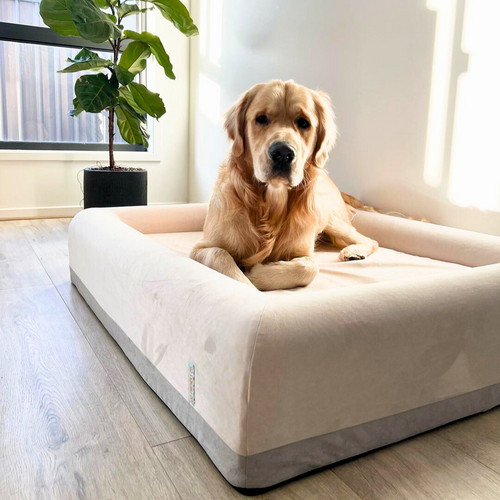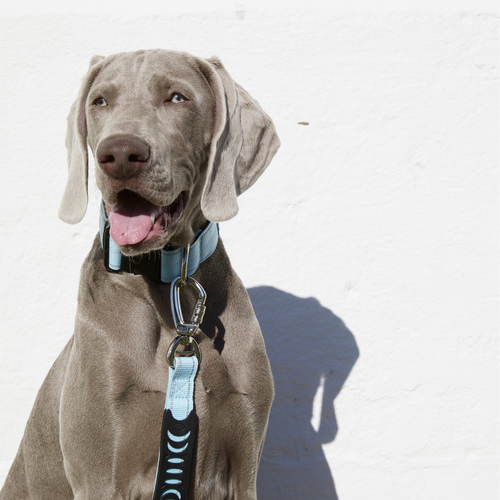Imagine how you’d feel walking outside without any footwear on an especially hot or cold day or on a surface made up of jagged rocks. You would never consider doing this, but you expect your dog to walk barefoot all the time. Although dogs have paw pads that are hardier than our soft feet, they still feel uncomfortable at times.
The solution is to provide your pets with dog paw protectors. These are important on rough terrain, during extreme temperatures, and when they may come into contact with chemicals on the ground.
Types of Paw Protectors
There are several types of paw protectors, suitable for different circumstances and preferences.
Paw Pads
With paw pads, you don’t put anything over your dog’s feet — you just stick the protectors on your dog’s paws. Most dogs find this very comfortable. In fact, many don’t even notice they’re wearing anything. The great thing about paw pads is that they’re perfect everywhere, including indoors. You only need to replace them after they become worn down, which will depend on how active your dog is and how often he’s wearing them.
Shoes & Boots
Shoes or boots are great for fully protecting your dog’s paws. They tend to be inexpensive, they fit dogs of a range of sizes (although they may not always fit perfectly), and there are waterproof options. The downside is it may take your dog a while to accept them — there’s also a risk he may try to pull them off and damage them in the process. This may be particularly problematic if you need to keep the shoes on your dog at all times, such as if they’re for preventing slips at home.
Socks
Another option that covers a dog’s paws are socks. They’re easy to pull on and unlikely to fall off. They often have a grip on the bottom, which is useful if your dog needs extra support. Plus, they come in a range of sizes (some with velcro for a snug fit), styles, and colours. If you want them for winter, you may like to choose thermal options to keep your dog warm. The main problem with socks is the high upfront price. Since they’re durable, they may be worth the cost, but there is a risk you may lose one and need to purchase a whole new set.
Balms and Waxes
If your dog refuses socks, boots, and shoes, you may like to try a balm or wax. This provides you with a layer of protection and can help heal damaged paws.
When to Use Paw Protectors
Most dogs don’t need to cover their paws all the time. When should dogs wear paw protectors? Appropriate situations include walks on hot pavements, hikes in rocky terrain, and icy conditions.
To Prevent Injury & Slipping
One of the most common reasons people choose paw protectors is that their dogs are slipping on the floor at home and other smooth surfaces. This may happen as your dog ages or if he develops arthritis. Paw protectors with a grip will prevent your dog from slipping and avoid injuries.
In Winter
It’s crucial to use paw protectors in the winter for a number of reasons. If you’re walking along streets treated to melt the ice, your dog will be exposed to rock salt, which is made from calcium chloride. It may cause painful chemical burns on your dog’s paws.
In Summer
Hot summers are equally risky because the ground may become dangerously hot, especially in climates like Australia. This is something you often don’t think about because you have no contact with the surface. Touch the concrete yourself to check its temperature. If it’s too hot for your hands, it’s definitely too hot for your dog’s paws.
When Hiking or on Rough Ground
Although your dog has tough paws, there’s always a risk of a scrape if you’re hiking a long distance or walking on rough ground. In addition to using paw protectors to prevent injury, you should cover your dog’s foot if it’s already cut to help it heal faster and prevent infection.
Allergies
Some dogs suffer allergies to substances they encounter outdoors, such as grass pollen. If your dog suffers from irritation from contact with plants, protection may be essential to being able to go on walks.
Tips for Using Paw Protectors
To make the most of paw protectors and to help your dog adjust to the new sensation, there are a couple things you need to do.
Proper Sizing
It’s important to choose the right size for your dog. This will ensure your paw protectors have a snug fit but are not too tight. Use the size guidelines on our dog paw protector page to ensure you’re picking the right ones for your dog.
Gradual Introduction
Your dog may initially resist wearing paw protectors purely because they feel different. However, if you introduce them gradually, your dog will get used to wearing them and soon accept them. To prevent discomfort, put on the paw protectors for a short amount of time and praise your dog after you remove them. Gradually keep paw protectors on for longer amounts of time until your dog completely accepts them. This process is likely to take longer with shoes or socks than with paw pads — there may not even be a transition period with paw pads, meaning your dog can start wearing them all the time immediately.
Dog paw protectors should be part of the kit you have for your pet, along with things like a quality dog harness with a no-pull D-ring attachment. All these things will make your walks safer and more comfortable for your dog. Make the transition to using paw protectors as easy as possible and minimise resistance with dog paw protectors from Dog Friendly Co. These provide protection for all types of terrain — all year round — and come in sizes S to XXL. Make a one-time purchase or save by signing up for a subscription.
















